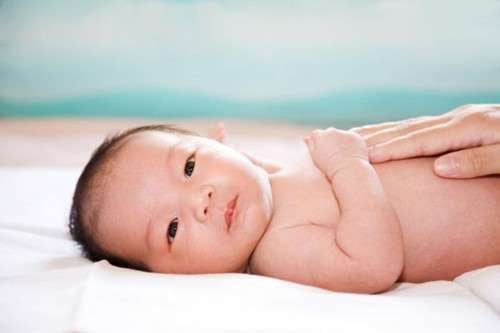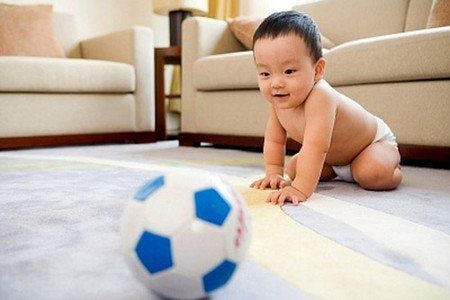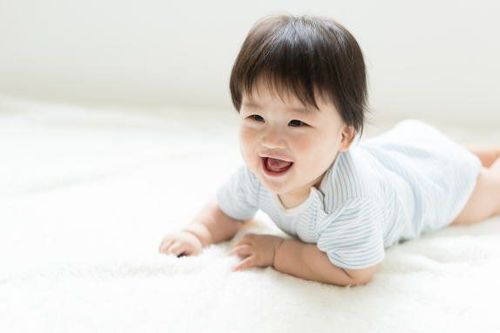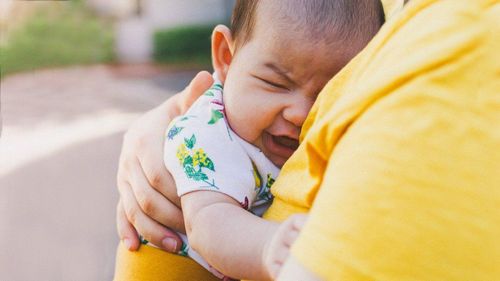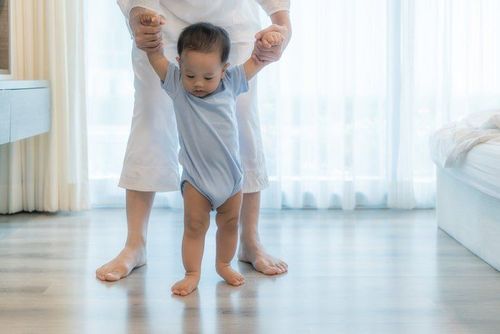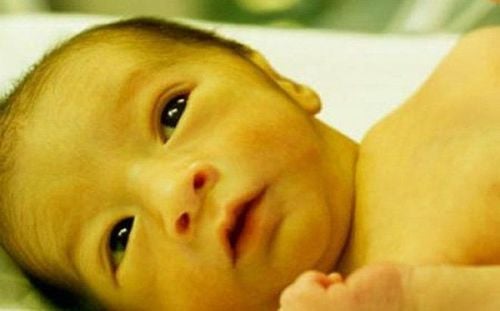This is an automatically translated article.
This article was professionally consulted by resident Doctor Ho Thi Hong Tho - Neonatologist - Department of Pediatrics - Neonatology - Vinmec Phu Quoc International General Hospital.In the first three years of life, parents will easily notice very different changes in their children. A normal child will easily reach the milestones in the first three years of life. So what are these milestones and how will your child achieve them? This article will provide you with useful information about the developmental milestones of a child from birth to age 3.
1. Are the developmental milestones children achieve the same?
Newborn babies develop in their own unique ways. Some babies will sit a few weeks ahead of their peers, but they may also be among the last to learn to crawl. Or an 18-month-old who is still communicating with gestures and may also suddenly emit phrases that would normally not be possible to speak at 2 years of age. So while there are milestones children need to reach, each child will achieve them at different times and in his or her own way.Because babies are not all alike, child care guidelines allow for variations in developmental stages. You should consult guidelines from reputable organizations to better understand what you are observing in your child today and what you can expect in the coming months.
As you learn about the major milestones your baby can achieve this year, remember that these are tentative milestones only. Each child is unique and develops at their own pace. There are many things that are considered normal and you probably don't need to worry unless you notice one of the signs that is truly out of the ordinary.
2. Child development milestones after 1 month
The first few days of a 1-month-old baby may not be a set and clear time. Children can ask for feeding, diaper changes at any time, and sleep is not stable, so parents will have a hard time in these stages. But within a few weeks, babies will begin to pay more attention to their parents' voices, faces, and touching gestures.Your baby cannot focus further than 25 to 30 cm distance. You should maintain a distance and this is the right distance for your baby to see your face clearly. Black and white patterns also make children interested and attentive. Your baby's hearing is fully developed and he can turn to familiar sounds, such as your voice.
Babies can briefly lift their head and turn to one side when lying on their stomach, but when standing upright the head and neck still need support. Although the baby's hands are jerky, they can bring their hands close to their mouths.
3. Baby development milestones at 3 months
Now, you may be basking in the warmth of your child's delighted smile. Your 3-month-old will actively enjoy playtime, delighting both of you when he can imitate your facial expressions.You don't need to support the baby's head anymore. When lying on the stomach, the baby can lift the head and chest, even do push-ups, lifting the torso off the floor. These are the movements that create the foundation for the child's ability to roll over and crawl later. Your baby can open and grasp hands, shake toys, swing dangling objects, bring hands to mouth, and push down with feet if you hold him upright.
Children's hand-eye coordination is improving. You will notice that your baby follows objects of interest and focuses intently on faces. Children can recognize you from a greater distance.

Trẻ 3 tháng tuổi đã có thể tự nâng đầu và ngực
4. Baby development milestones at 4 to 7 months
Now, the baby is fully involved in the world around him. Baby smiles, laughs out loud and says babbling "conversations" with parents. And babies start to move around - by 7 months, they can roll back onto their stomach, sit without your help and support their weight with their legs enough to bounce when they want you to hold them. . Babies use scratchers to pull objects closer and can hold toys and move them from hand to hand.Baby is more sensitive to your voice and can heed your warnings when you say "no". Your baby will now also recognize his name and turn to look at you when you call him. Your baby begins to babble and imitate the sounds you make.
Peekaboo is a suitable game for this stage and children will love finding partially hidden objects. Children can now see the world in color and can see further. If you move a toy in front of your baby, she will follow it with her eyes. Looking at yourself in the mirror is sure to be a fun game for kids.
5. Key developmental milestones at 8 to 12 months.
Suffice to say, your baby can now be viewed as an eager explorer and may surprise you with how quickly he can get around when he crawls or walks. He can now sit on his own and grab anything he can to pull himself up to stand and move. Your child may even take some steps alone before his or her first birthday.Your baby's babbling starts to become clearer out loud and you'll hear your baby's first words - usually "mama" or "dada". Soon he'll be able to say simple phrases, but in the meantime he'll use gestures to indicate what he wants - or doesn't want! - and pay attention to your words.
Children's hands are getting faster and faster. Children begin to enjoy putting things in their own containers and taking them out again. Baby can use thumb and index finger to grasp food. Your baby loves to be just like you by combing his own hair, drinking from a cup, and pretending to talk on the phone.
Although your child may seem extroverted, he may still be quite reserved with strangers. And when you are away from your child, he may become anxious about separation and may cry which is normal at this age.
6. Key developmental milestones for children between 13 and 24 months
In the second year, your child will be confident on his feet: The first wobbly steps will help him gradually walk, up and down stairs, on tiptoe, kick a ball and maybe even run faster. by the time.The child will also become a decent climber, climbing on sofas and chairs. Children's language skills continue to develop, even though they understand more than they can express. By 18 months, babies can say at least some single words, and by 24 months, they can use words in phrases and short sentences.
Children quickly absorb new words from books you read aloud to them and listen to everyday conversations. Children can follow parental instructions that have many steps, such as "Pick up the book and bring it here."
Your child is starting to recognize shapes and colors. Children can scribble with crayons, build towers of four or more blocks, throw balls, and enjoy filling and emptying containers. You may notice the first signs that your child will be left- or right-handed.
Your child wants to do everything himself: Dressing and undressing himself, serving food with cups and utensils, and washing hands. Children can even be the first phrase in communication with parents.
Your baby may begin to show interest in learning how to use the toilet. Your child will be happy to imitate you by talking on the play phone, "feeding" a doll or pretending to drive a car.
Separation anxiety peaks in the middle of the year and by 24 months, babies will gradually feel more comfortable playing with other children and spending time with other caregivers. Meanwhile, children will grow increasingly independent - and be able to cope with many other challenges.
7. Key developmental milestones from 25 to 36 months
This age's imagination is developing: Make-up play is a hallmark of this age, along with a fear of imaginary monsters and more mundane things like the dark or a vacuum cleaner . Children may have difficulty distinguishing between fantasy and reality.Sentences in the child's communication become clear enough that strangers can understand the child. Children can use some pronouns correctly and follow multi-step instructions. Children's vocabulary at this stage is growing significantly: Children are able to use hundreds of words by the age of 3.
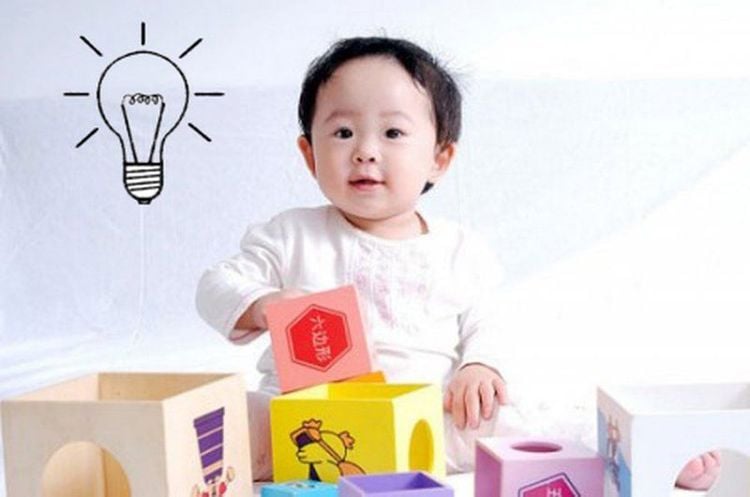
3 tuổi là cột mốc quan trọng trong quá trình phát triển của trẻ
You'll see your child begin to develop friendships, showing empathy and affection for his playmates - and even his dolls. Children will feel shared, but may struggle with tantrums, they will begin to learn to control their emotions and get better.
To help children achieve important milestones, in addition to nutrition, parents should supplement children with supporting products containing lysine, essential micro-minerals and vitamins such as zinc, chromium, selenium, vitamins. Group B helps to fully meet the nutritional needs of children. At the same time, these essential vitamins also support digestion, enhance nutrient absorption, help improve anorexia, help children eat well, and develop comprehensively.
Please regularly visit Vinmec.com website and update useful information to take care of your baby and family.
Reference source: babycenter.com





